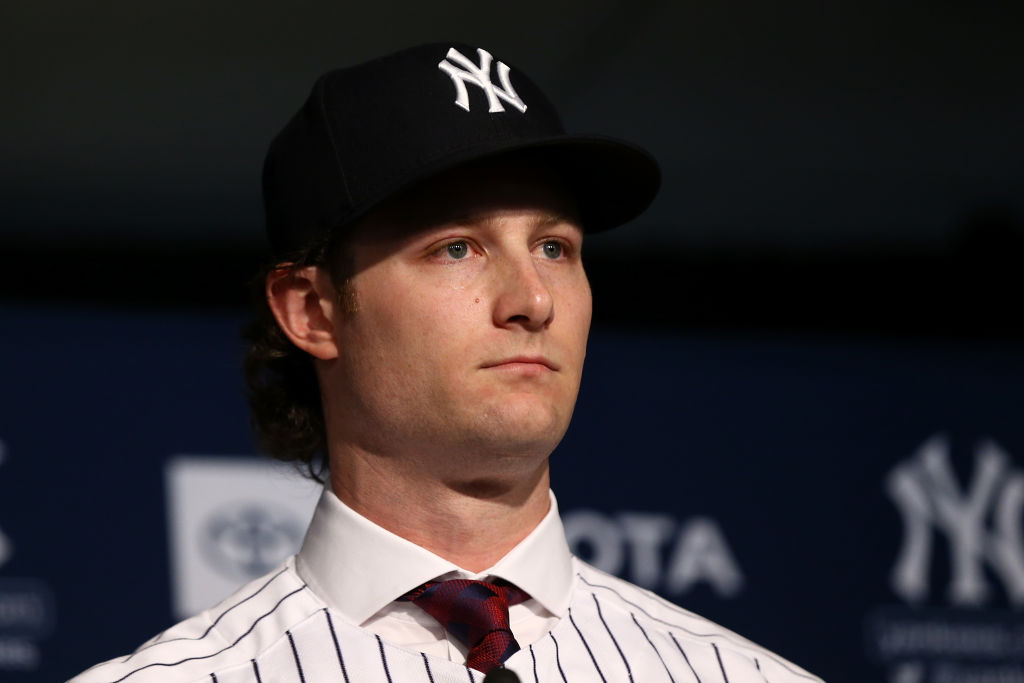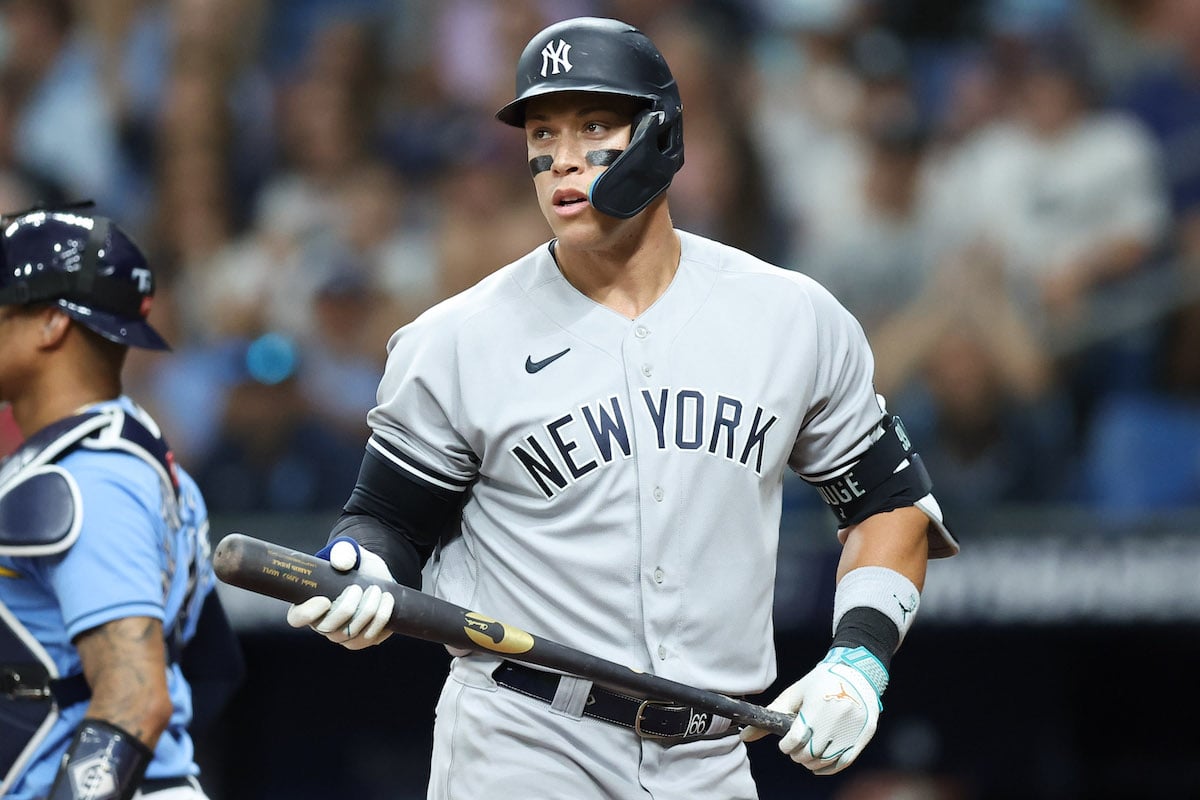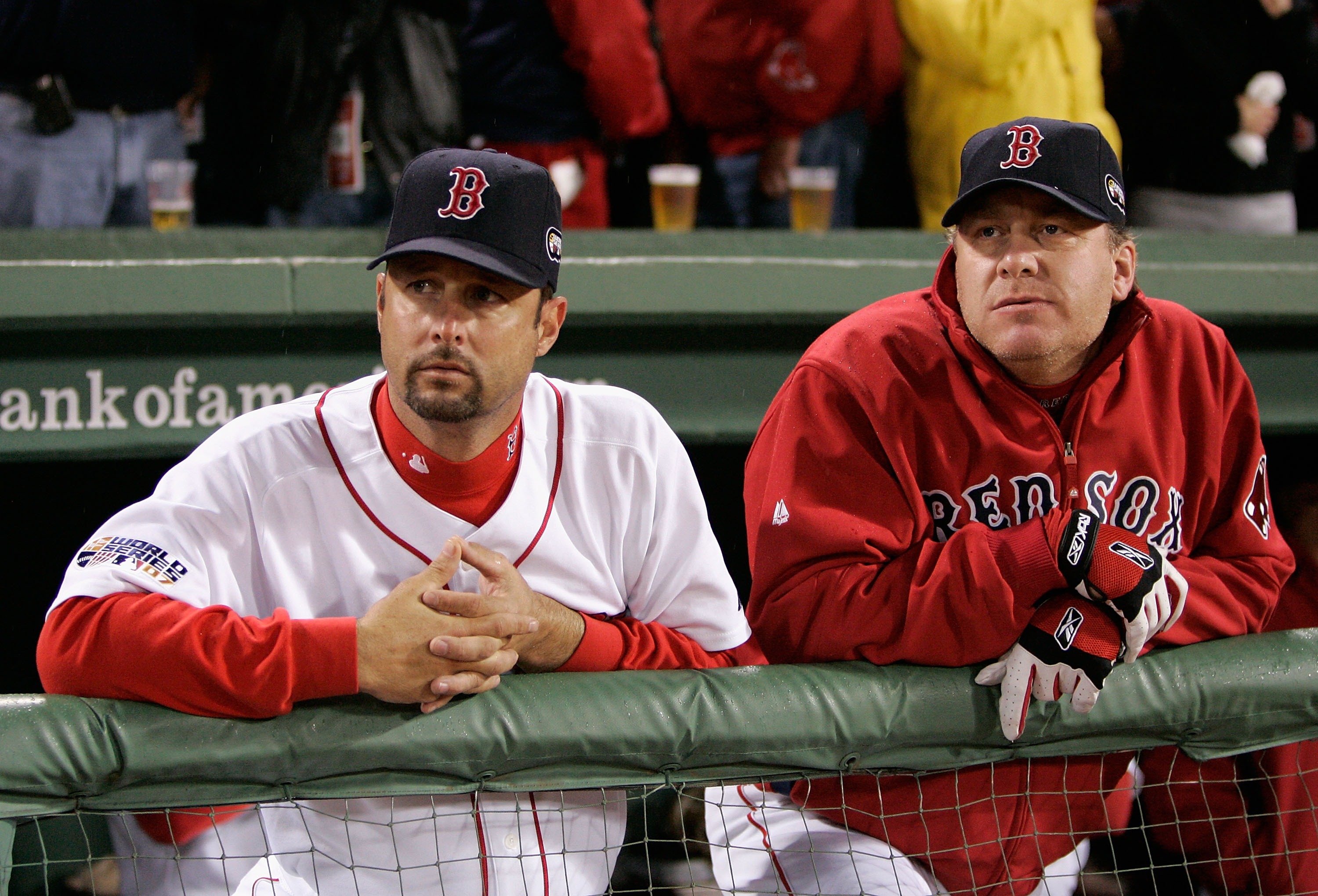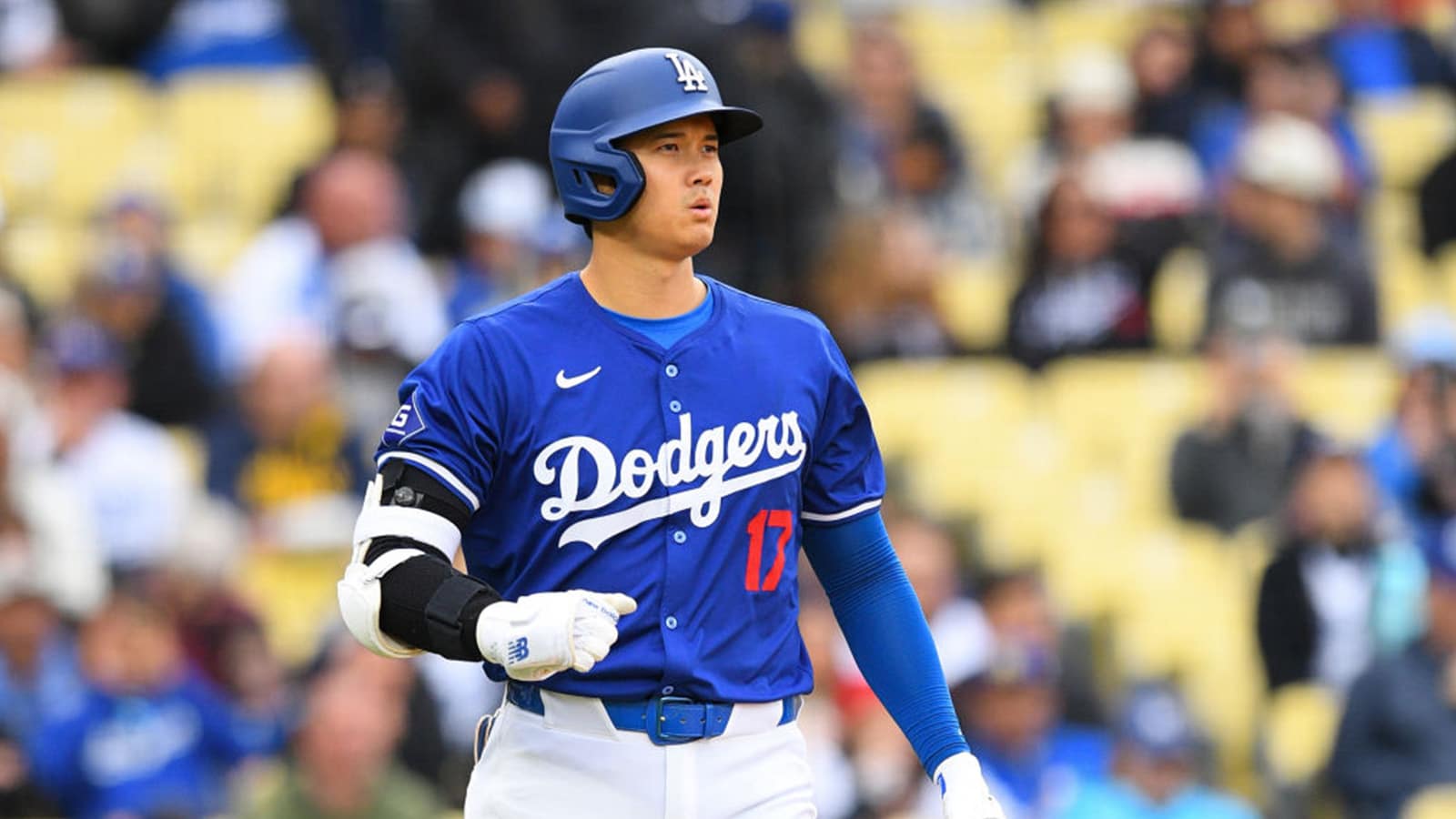
Gerrit Cole Becomes the Latest Victim of the New York Yankees’ Facial Hair Policy
Certain things are synonymous with the New York Yankees. The team, at least in modern times, spends a great deal of money and generally wins. They take the field in Yankee Stadium, complete with its iconic frieze; the players don pinstripes and have to adhere to a strict personal appearance policy, standardizing their haircuts and facial hair. Starting pitcher Gerrit Cole recently learned about that last point firsthand.
While the pitcher has sported a beard and long hair throughout his career, that won’t fly with the Yankees; when he appeared at his introductory press conference, he was clean-shaven. But why does the club enforce that one famous rule?
The origins of the New York Yankees personal appearance policy
While the New York Yankees have a storied past, their personal appearance policy is a relatively recent creation. The famous set of rules began with none other than George Steinbrenner.
When the Yankees took the field for the 1973 home opener, Steinbrenner looked on proudly. He had recently taken over as new owner and managing general partner, and was keen to take in watch his new employees in action. The United States Air Force veteran, however, was shocked at what he witnessed.
When the team lined up and removed their caps for the national anthem, several players had hair touching their collar, which didn’t meet the new boss’ standards. Steinbrenner reportedly took out an envelope and started taking notes of each offending jersey number; after the game, he handed his observations to manager Ralph Houk, explaining that those players needed a haircut.
What is the Yankees’ personal appearance policy actually say?
After the incident in 1973, the Yankees formally established their personal appearance policy. It reads as follows:
“All players, coaches and male executives are forbidden to display any facial hair other than mustaches (except for religious reasons), and scalp hair may not be grown below the collar. Long sideburns and “mutton chops” are not specifically banned.”
While establishing things in writing usually prevents problems, there were a few players who tried to skirt the policy. Lou Pinella, for example, tried to argue that Jesus was able to do all of his good works with long hair. When he presented his case to Steinbrenner, the boss told Sweet Lou that if he could walk on water, he could sport any hairstyle he desired.
In the 1980s, Don Mattingly famously took issue with the personal appearance policy; he was benched and fined until he agreed to a trim. Several other players, like David Price and Brian Wilson even said they wouldn’t join the Yankees due to the rule.
Gerrit Cole cleaned up, but did he really have to?
When Gerrit Cole stepped to the podium to make his first appearance before the New York media, he was clean-shaven. But could a player refuse to comply with the Yankees’ personal appearance policy?
Based on two relatively recent New York state laws, the Yankees probably can’t force any player to get a hair cut or shave. Without delving too far into the human recourses handbook, employees, in essence, can sport whatever hair they want as long as it doesn’t interfere with the ability to perform their job; there’s no way that the Yankees can argue that long hair or a beard makes you a worse baseball player.
At the end of the day, however, almost everyone complies. When you sign a contract with the New York Yankees, you know what you’re agreeing to; that’s especially true for a lifelong fan like Gerrit Cole. You might have to shave and get a hair cut, but you’ll probably win plenty of baseball games.



